Nationality American | Name Minoru Yamasaki Role Architect | |
 | ||
Structures Similar People Leslie E Robertson, John Skilling, Philip Johnson, Walter Gropius, Thomas H Beeby | ||
Minoru yamasaki architect chicago montgomery ward hq 20150627 113236
Minoru Yamasaki (December 1, 1912 – February 6, 1986) was an American architect, best known for designing the original World Trade Center in New York City and several other large-scale projects. Yamasaki was one of the most prominent architects of the 20th century. He and fellow architect Edward Durell Stone are generally considered to be the two master practitioners of "New Formalism".
Contents
- Minoru yamasaki architect chicago montgomery ward hq 20150627 113236
- Destruction of pruitt igoe minoru yamasaki architect
- Early life and education
- Career
- Personal life
- Honors
- References
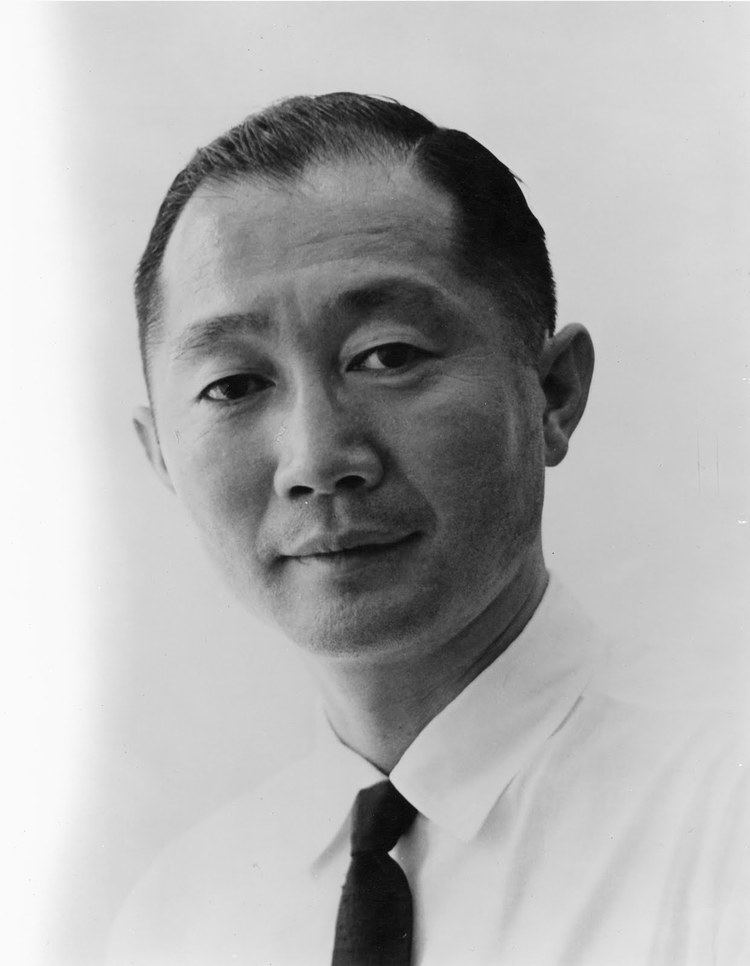
Destruction of pruitt igoe minoru yamasaki architect
Early life and education
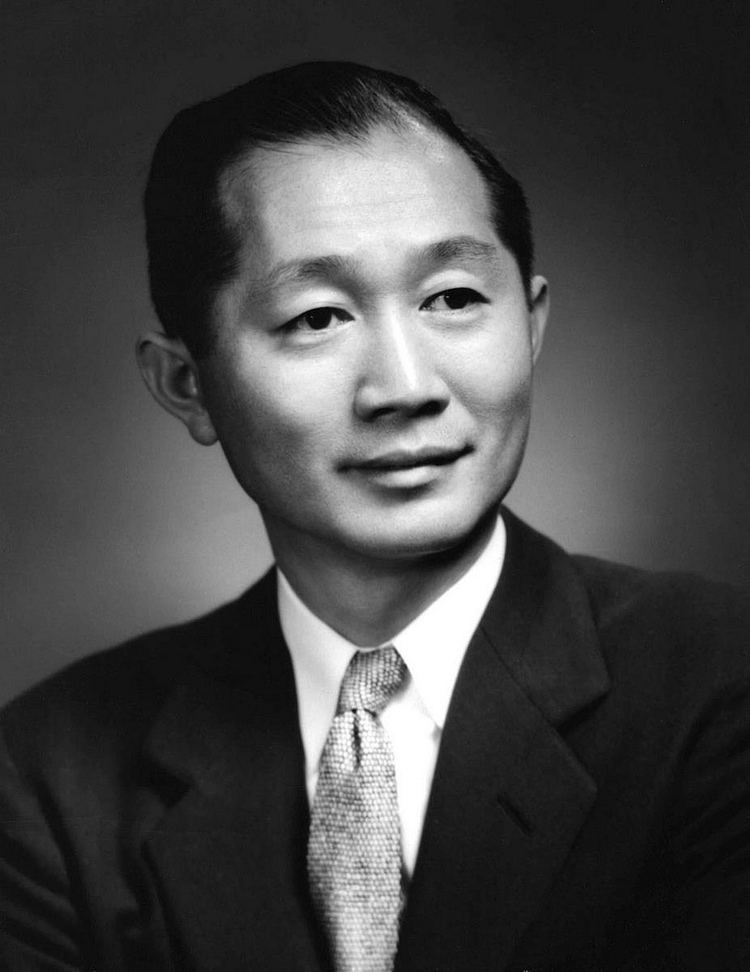
Yamasaki was born in Seattle, Washington, the son of John Tsunejiro Yamasaki and Hana Yamasaki. The family later moved to Auburn, Washington and he graduated from Garfield Senior High School in Seattle. He enrolled in the University of Washington program in architecture in 1929, and graduated with a Bachelor of Architecture (B.Arch.) in 1934. During his college years, he was strongly encouraged by faculty member Lionel Pries. He earned money to pay for his tuition by working at an Alaskan salmon cannery.
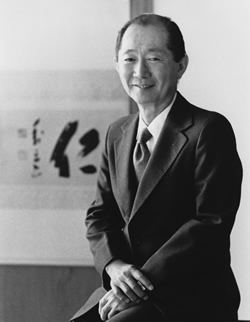
After moving to New York City in the 1930s, he enrolled at New York University for a master's degree in architecture and got a job with the architecture firm Shreve, Lamb & Harmon, designers of the Empire State Building. In 1945, Yamasaki moved to Detroit, where he was hired by Smith, Hinchman & Grylls. The firm helped Yamasaki avoid internment as a Japanese-American during World War II, and he himself sheltered his parents in New York City. Yamasaki left the firm in 1949, and started his own partnership. One of the first projects he designed at his own firm was Ruhl's Bakery at 7 Mile Road and Monica Street in Detroit. In 1964, Yamasaki received a D.F.A. from Bates College.
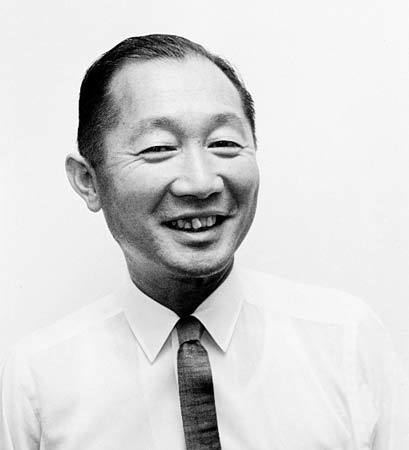
His firm, Yamasaki & Associates, closed on December 31, 2009.
Career
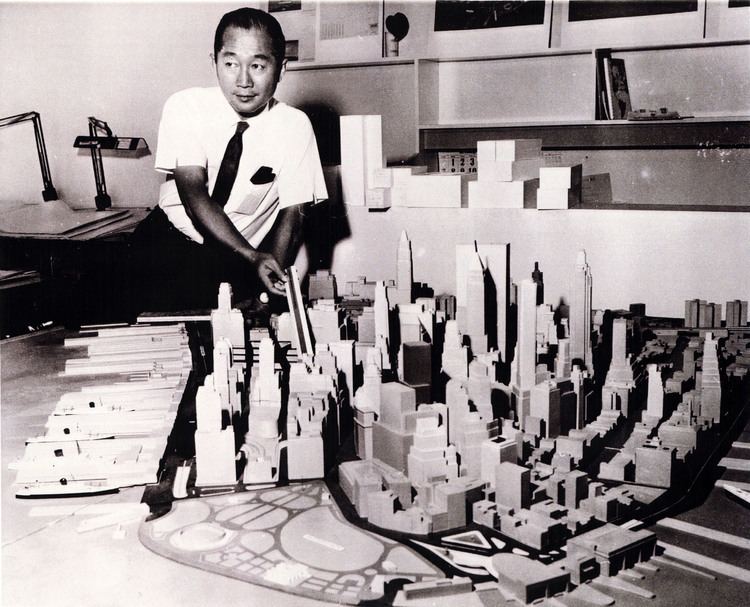
His first internationally recognized design, the Pacific Science Center with its iconic arches, was constructed by the City of Seattle for the 1962 Seattle World's Fair. His first significant project was the Pruitt–Igoe housing project in St. Louis, Missouri, 1955. Despite his love of Japanese traditional design, this was a stark, modernist concrete structure. The housing project experienced so many problems that it was demolished in 1972, less than twenty years after its completion. Its destruction is considered by some to be the beginning of postmodern architecture.
In 1955, he also designed the "sleek" terminal at Lambert–St. Louis International Airport which led to his 1959 commission to design the Dhahran International Airport in Saudi Arabia. In the 1950s, Yamasaki was commissioned by the Reynolds Company to design an aluminum-wrapped building in Southfield, Michigan, which would "symbolize the auto industry's past and future progress with aluminum." The three-story glass building wrapped in aluminum, known as the Reynolds Metals Company's Great Lakes Sales Headquarters Building, was also supposed to reinforce the company's main product and showcase its admirable characteristics of strength and beauty. During this period, he created a number of office buildings which led to his innovative design of the 1,360 ft (410 m) towers of the World Trade Center in 1964, which began construction March 21, 1966. The first of the towers was finished in 1970. Many of his buildings feature superficial details inspired by the pointed arches of Gothic architecture, and make use of extremely narrow vertical windows. This narrow-windowed style arose from his own personal fear of heights. One particular design challenge of the World Trade Center's design related to the efficacy of the elevator system, which was unique in the world. Yamasaki integrated the fastest elevators at the time, running at 1,700 feet per minute. Instead of placing a large traditional elevator shaft in the core of each tower, Yamasaki created the Twin Towers' "Skylobby" system. The Skylobby design created three separate, connected elevator systems which would serve different segments of the building, depending on which floor was chosen, saving approximately 70% of the space used for a traditional shaft. The space saved was then used for office space.
In 1978, Yamasaki designed the Federal Reserve Bank tower in Richmond, Virginia. The work was designed with a similar appearance as the World Trade Center complex, with its narrow fenestration, and now stands at 394 ft (120 m).
Yamasaki was a member of the Pennsylvania Avenue Commission, created in 1961 to restore the grand avenue in Washington, D.C., but resigned after disagreements and disillusionment with the design by committee approach.
After partnering with Emery Roth and Sons on the design of the World Trade Center, they collaborated on other projects including new buildings at Bolling Air Force Base in Washington, D.C.
Yamasaki designed two notable synagogues during this period, North Shore Congregation Israel in Glencoe, Illinois in 1964 and Temple Beth El, in Bloomfield Hills, Michigan in 1973. He designed a number of buildings on the campus of Carleton College in Northfield, Minnesota between 1958 and 1968.
Personal life
Yamasaki was first married in 1941 and had two other marriages before remarrying his first wife in 1969. He died of stomach cancer in 1986. His son, Taro Yamasaki, is a Pulitzer Prize-winning photographer.
